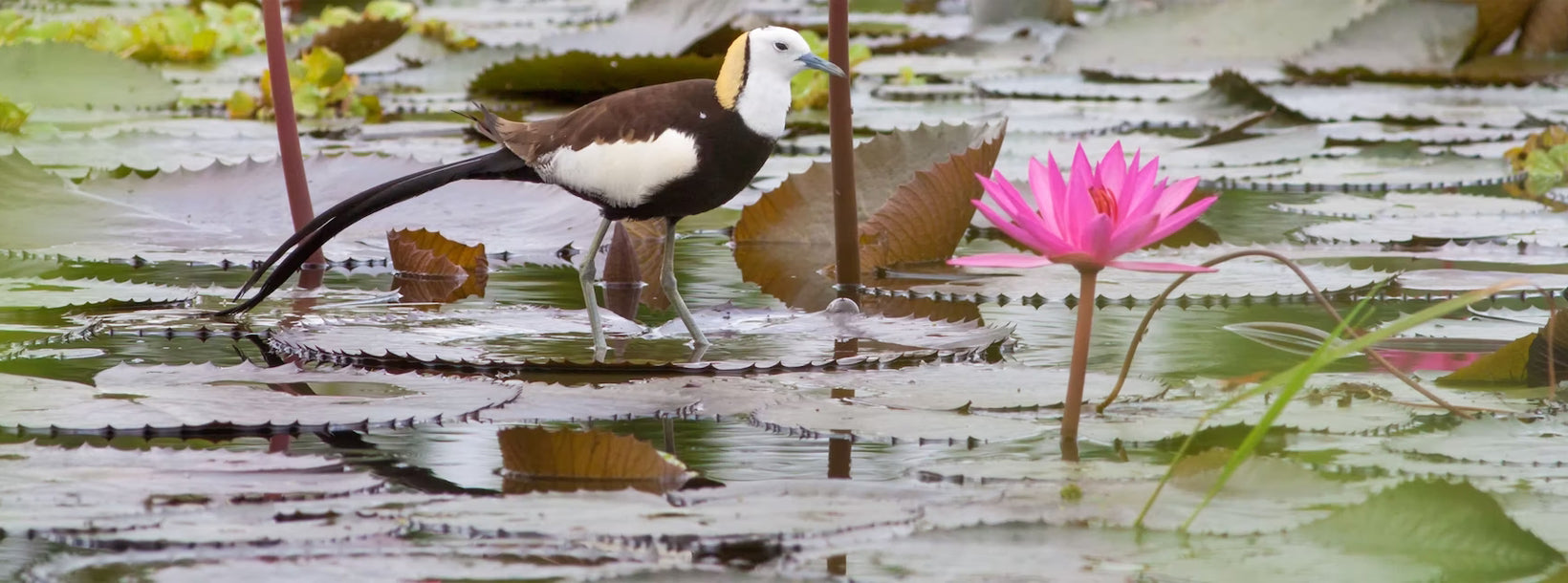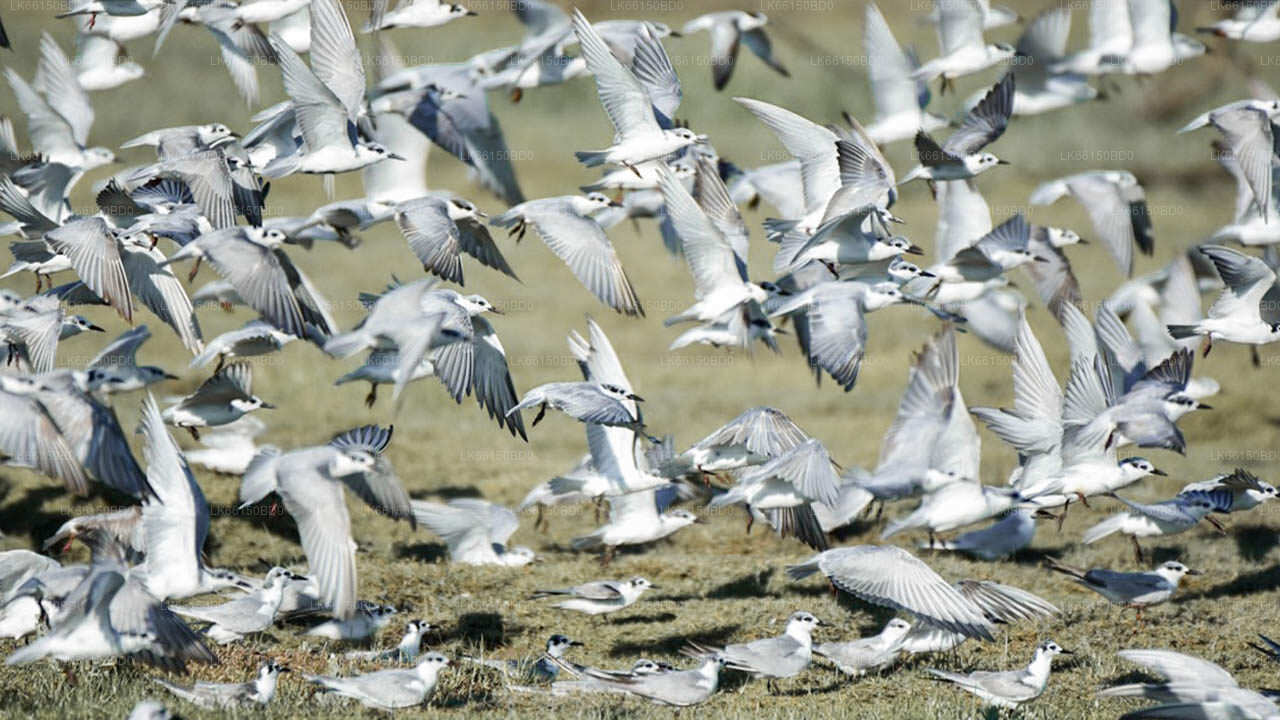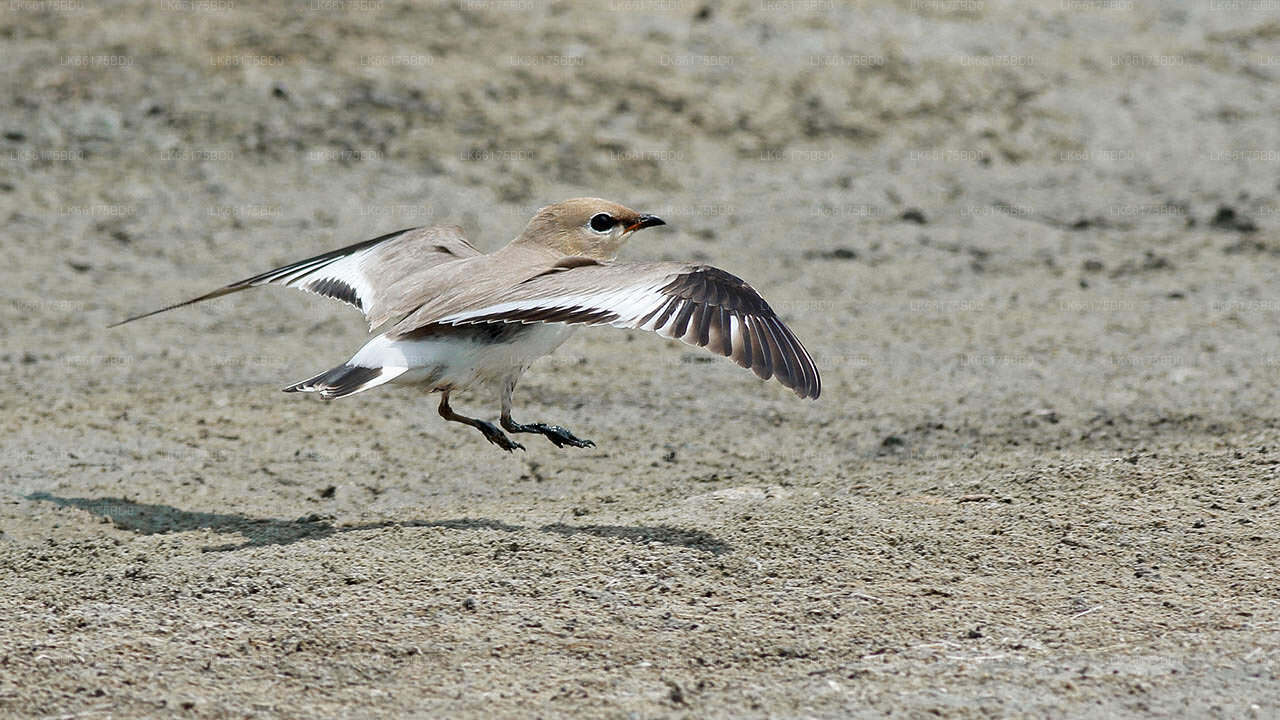
Bundala
Embark on a nature retreat in Bundala, a haven for wildlife enthusiasts. Immerse yourself in the vibrant ecosystems of Bundala National Park, home to diverse bird species and captivating landscapes. Experience the beauty of nature and conservation at its finest in Bundala
Bundala
Bundala, located along the Southern coast of Sri Lanka near Hambantota District, is a remarkable landscape celebrated for its serene beauty, coastal charm, and ecological significance. As part of the Southern Province, the region offers a peaceful environment shaped by lagoons, wetlands, and stretches of sandy terrain. Its quiet atmosphere and natural surroundings make it an appealing destination for travelers seeking tranquility, birdlife, and the unspoiled nature found along Sri Lanka's southern region. Bundala reflects the island's harmonious blend of coastal ecosystems and cultural heritage.
The area is best known for its rich biodiversity, particularly its extraordinary birdlife that thrives within the wetlands. Home to both endemic and migratory species, Bundala attracts birds traveling from as far as Siberia, creating one of Sri Lanka's most vibrant Birdwatching environments. The surrounding habitats support elephants, reptiles, and coastal wildlife, connecting seamlessly with nearby sanctuaries like Yala National Park and Lunugamvehera National Park. Its wetlands and lagoons contribute significantly to the island's ecological balance.
Visitors to Bundala can enjoy a variety of experiences shaped by its natural character. Birdwatchers, photographers, and nature enthusiasts find endless opportunities to observe wildlife in its most authentic form. Safaris through the wetlands reveal flamingos, pelicans, crocodiles, and herds of elephants. The quiet roads leading toward Hambantota, Kirinda, and the southern beache areas offer scenic journeys that capture the essence of Sri Lanka's southern coast. Each visit becomes a meaningful encounter with nature, adventure, and peaceful coastal landscapes.
Bundala can be visited throughout the year, though the best wildlife viewing conditions occur between October and March when migratory birds arrive in great numbers. Dry-season months provide easier access through the Hambantota region, with clear skies and ideal surroundings for safaris. Convenient routes link Bundala to Colombo, Galle District, and Matara District, making travel smooth for both short excursions and extended stays. Seasonal changes bring shifting bird populations, varying water levels, and refreshing monsoon breezes, offering a unique experience with each visit. Bundala remains one of Sri Lanka's most treasured natural areas, combining biodiversity, coastal beauty, and tranquil exploration.
About Hambantota District
Hambantota is a rural town in southeastern coastal area of Sri Lanka. It is also the capital of the Hambantota District in the Southern Province of Sri Lanka. Approximately 240 kms from Colombo,Hambantota is in the midst of transformation into a strategic port and commercial centre, undergoing extensive infrastructure development. Flanked by sweeping sandy beaches,Hambantota is a convenient location from which to visit nearby sights.
The Bundala National Park lays 20 km east of Hambantota and the Weerawila Sanctuary a little further off. The Ruhuna National Park and theKataragama Temple are other attractions that can be accessed easily from this city.
About Southern Province
The Southern Province of Sri Lanka is a small geographic area consisting of the districts of Galle, Matara and Hambantota. Subsistence farming and fishing is the main source of income for the vast majority of the people of this region.
Important landmarks of the Southern Province include the wildlife sanctuaries of the Yala and Udawalawe National Parks, the holy city of Kataragama, and the ancient cities of Tissamaharama, Kirinda and Galle. (Although Galle is an ancient city, almost nothing survives from before the Portuguese invasion.) During the Portuguese period there were two famous Sinhalese poets called Andare who was from Dickwella and Gajaman Nona who was from Denipitiya in Matara District, composing poems on common man.







